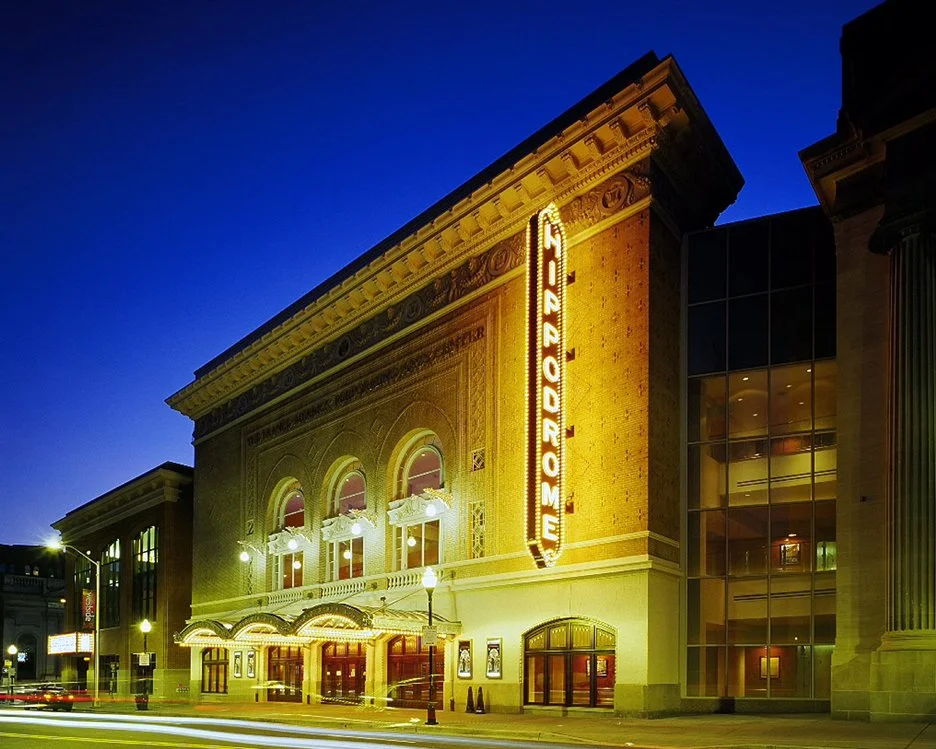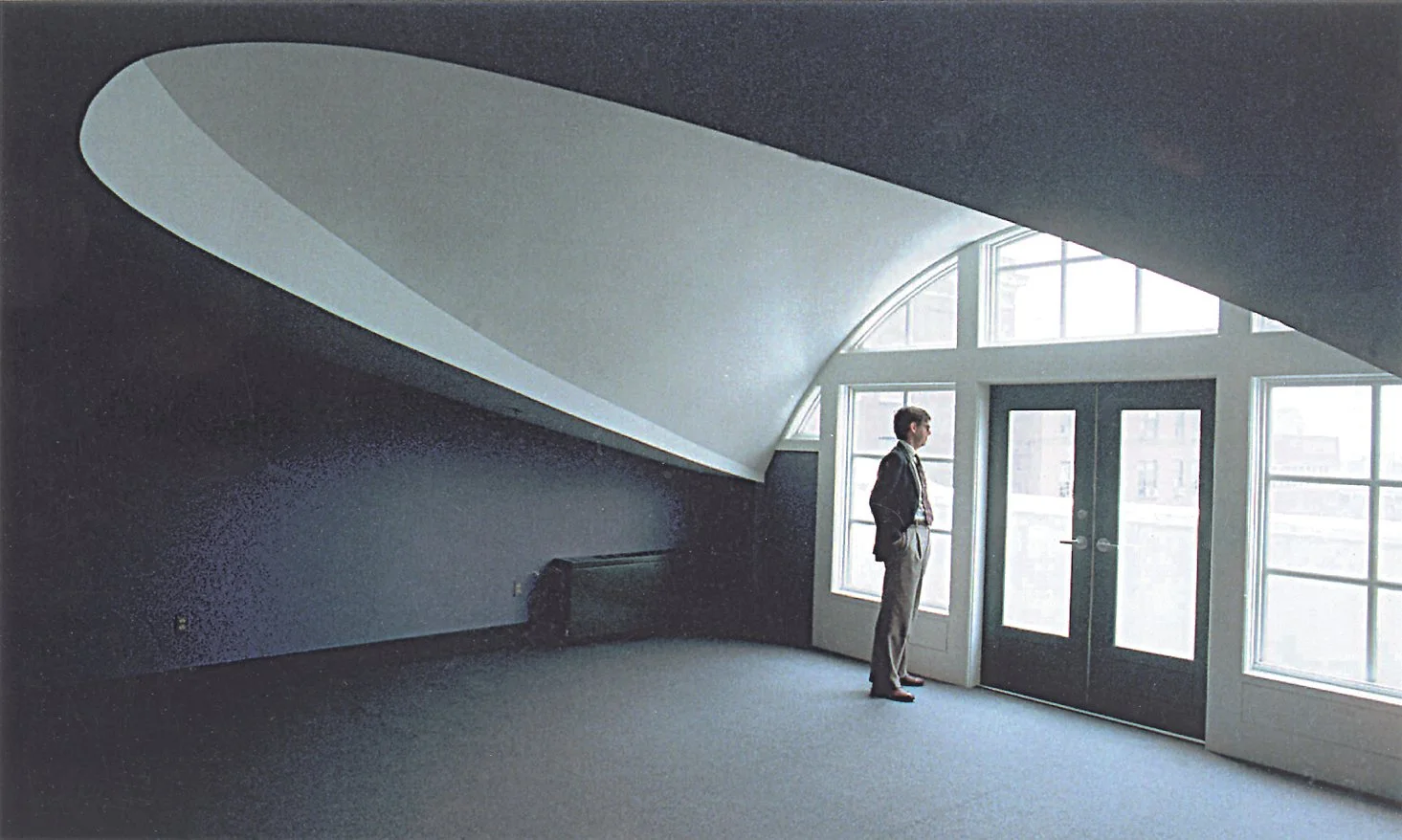Many historical artifacts were uncovered when engineers started digging around the foundation, while other improvements are planned for inside the structure.


Digging around the foundation of the historical Mount Calvert home in Prince George’s County, Maryland, is like digging for buried treasure.
An 18th century Spanish silver dollar was uncovered recently and can be added to the many unique items found in the small museum housed on the first floor of the building, where visitors can find Native American weapons and arrowheads among many other historical treasures.
“It’s a site that takes you through so many moments in history,” says Peter Schwab, Architect with Murphy & Dittenhafer Architects, which is leading the restoration project on the site. “It’s a place that’s rich with purpose and stories.”
Mount Calvert is one of the most significant historical and archeological sites in the county. It was home to Native Americans, an early colonial town called Charles Town, and eventually an 18th and 19th century tobacco plantation.
The history of the site can be traced back more than 8,000 years with unique artifacts and stories passed down from one generation to the next.

Restoring the home
The biggest attraction to Mount Calvert is the stately brick house. First built in 1780, it has gone through its own changes over the years. A detached brick kitchen was added around 1800, and in 1840 it was all connected to form the structure that visitors see today.
Restoring the home has been a priority for PG County over the years. An earthquake and later a tornado caused some damage in the past decade or so, leading to small patch jobs. Today, a larger endeavor is being led by Murphy & Dittenhafer Architects to ensure the home is ready for enjoyment for future generations.
Like us on Facebook!
Trenches are being dug around the foundation to prevent moisture from seeping into the brick foundation. Drainpipes will help remove the dampness from the ground and channel it toward the nearby Patuxent River.
But, Schwab says, the process can be slow because of the historic nature of the site. An archeologist is required to do the digging to ensure any historical artifacts that may be uncovered are properly preserved.
“It’s very important that these historical treasures are honored,” he says. “It takes time and care to ensure nothing is lost in preserving and protecting the site.”

For years to come
In addition to the foundational moisture concerns, M&D is repairing cracks in the chimney pent, typical of the 18th century in which two chimneys are connected, covered by a small sloping roof.
The floor landing on the stairwell will also be restored, as boards have warped over time. The firm will investigate other floorboards and potential windows for restoration, while installing a new heat pump and dehumidification system.
“All of these steps help ensure the historical structure is honored and kept in good condition for years to come,” Schwab says. “It’s gratifying to ensure this place will be around for others to come and learn the stories.”
Murphy & Dittenhafer Architects is working hard and collaborating with the community on an urban planning study for South George Street in York City.
“Historic preservation has always been a hallmark of ours for our 40-year history,” says M&D President Frank Dittenhafer II. These 10 projects exemplify our passion for this work.
It’s the 40th year of Murphy & Dittenhafer Architects, so Frank Dittenhafer II, President, is taking the time to highlight some of our most influential projects over the decades.
We’re celebrating 40 years of influence in Pennsylvania and Maryland. With that, we couldn’t help but reflect on some of the most impactful projects from our history.
Harford Community College’s expanded new construction Chesapeake Welcome Center is a lesson in Architectural identity
At Murphy & Dittenhafer Architects, we feel lucky to have such awesome employees who create meaningful and impressive work. Meet the four team members we welcomed in 2024.
The ribbon-cutting ceremony at the new Department of Legislative Services (DLS) office building in Annapolis honored a truly iconic point in time for the state of Maryland.
As Murphy & Dittenhafer architects approaches 25 years in our building, we can’t help but look at how far the space has come.
Murphy & Dittenhafer Architects took on the Architecture, Interior Design, & Overall Project Management for the new Bedford Elementary School, and the outcome is impactful.
The memorial’s groundbreaking took place in June, and the dedication is set to take place on November 11, 2024, or Veterans Day.
President of Murphy & Dittenhafer Architects, Frank Dittenhafer II, spoke about the company’s contribution to York-area revitalization at the Pennsylvania Downtown Center’s Premier Revitalization Conference in June 2024. Here are the highlights.
The Pullo Center welcomed a range of student musicians in its 1,016-seat theater with full production capabilities.
“Interior designs being integral from the beginning of a project capitalize on things that make it special in the long run.”
Digital animations help Murphy & Dittenhafer Architects and clients see designs in a new light.
Frank Dittenhafer and his firm work alongside the nonprofit to fulfill the local landscape from various perspectives.
From Farquhar Park to south of the Codorus Creek, Murphy & Dittenhafer Architects help revamp York’s Penn Street.
Designs for LaVale Library, Intergenerational Center, and Beth Tfiloh Sanctuary show the value of third places.
The Annapolis Department of Legislative Services Building is under construction, reflecting the state capital’s Georgian aesthetic with modern amenities.
For the past two years, the co-founder and president of Murphy & Dittenhafer Architects has led the university’s College of Arts and Architecture Alumni Society.
The firm recently worked with St. Vincent de Paul of Baltimore to renovate an old elementary school for a Head Start pre-k program.
The market house, an 1888 Romanesque Revival brick structure designed by local Architect John A. Dempwolf, long has stood out as one of York’s premier examples of Architecture. Architect Frank Dittenhafer is passing the legacy of serving on its board to Architectural Designer Harper Brockway.
At Murphy & Dittenhafer Architects, there is a deep-rooted belief in the power of combining history and adaptive reuse with creativity.
University of Maryland Global Campus explores modernizing its administration building, which serves staffers and students enrolled in virtual classes.
The Wilkens and Essex precincts of Baltimore County are receiving solutions-based ideas for renovating or reconstructing their police stations.
The firm has earned the designation annually since 2016 in recognition of its commitment to supporting newer professionals in the field.






























To round out our 40th-year celebrations, enjoy 10 more impactful and diverse Architecture projects designed by M&D. These projects, most of which have received design awards, confirm the variety in design (from scale to usage) that we continue to be involved in today.